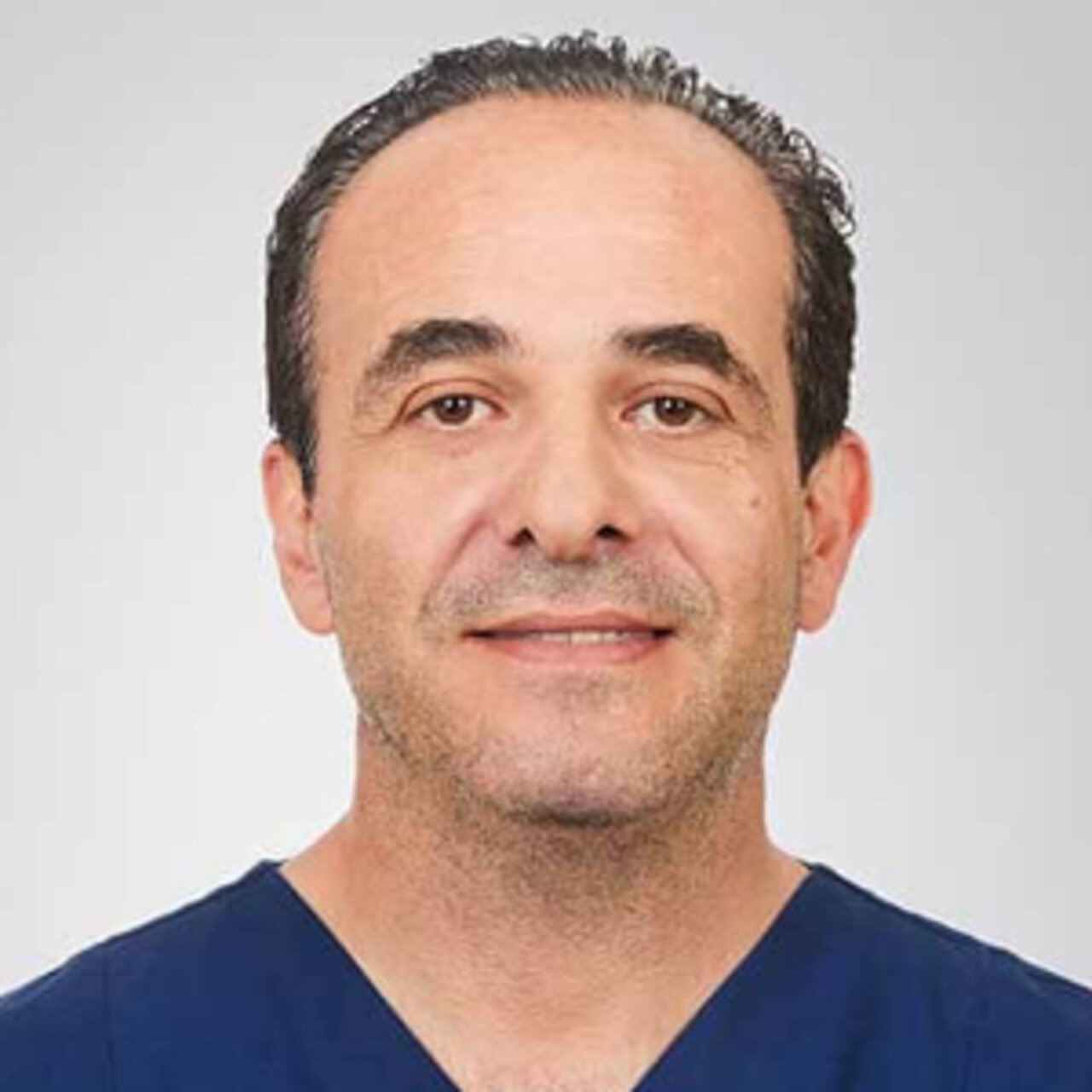Specialists in Dysplasia
3 Specialists found
Information About the Field of Dysplasia
What Is Dysplasia?
Firstly, dysplasia is the malformation of an organ or body part. The clinical picture can be congenital or acquired through certain pathological influencing factors. Hip dysplasia, for example, describes a malformation or malposition of the hip. In contrast, bronchopulmonary dysplasia describes scarring and hyperinflation of the lung tissue, often resulting from ventilation therapy in premature infants.
On the other hand, specific changes in the cells are also referred to as dysplasia, which may be precursors of malignant disease. For example, certain microscopic features such as different cell sizes within a tissue association, atypical cell nucleus shapes, or visible mitoses indicate a dysplastic cell. An example of this is cervical intraepithelial neoplasia (CIN), a tissue change of the cervix that is the precursor of cervical cancer.
How Does Cervical Dysplasia Develop?
Several risk factors promote the development of cervical dysplasia (cervical dysplasia). Infections with human papillomaviruses (HPV) play an essential role. Particularly relevant are virus types of groups 16 and 18. These viruses can integrate their genetic material into those human cells, which causes the body to produce viral proteins as if they were their proteins. These proteins can lead to the inactivation of specific protective genes that prevent cells from degenerating. This favors the development of malignant cell changes. If an HPV infection leads to cell degeneration in the tissue, this cell will divide, and new dysplastic cells will develop. In addition, the HPV proteins lead to accelerated growth of the infected cells. If the event spreads further in the tissue and is favored by further risk factors, it is called the development of cervical intraepithelial neoplasia (CIN). This describes a precursor disease of a malignant tumor and can be classified differently depending on its severity.
Factors such as cigarette smoking, early first sexual intercourse, or frequently changing sexual partners can also risk developing cervical dysplasia. Poor genital hygiene or genital infections also play a role. In addition, immune suppression, for example, due to HIV disease, may also be relevant for the development of cervical dysplasia.
Preferably, dysplasia of the cervix develops in the junction zone, a transitional area between the tissue of the outer cervix and the actual cervix.
Dysplasia Consultation - What Is the Procedure?
A dysplasia consultation serves to clarify abnormal or unclear findings. Patients are usually referred there by their gynecologist, but it is also possible to make an appointment independently. The doctors who offer such a consultation are specialized in the clinical picture and can provide comprehensive diagnostics, consultation, and therapy.
During the dysplasia consultation, the patient undergoes another thorough gynecological examination, during which the external and internal genital organs are inspected and palpated. During a colposcopy, the cervix can be thoroughly inspected, illuminated, and magnified to examine changes even better. An ultrasound of the genital organs can also be carried out.
Tissue samples that have been taken are analyzed again, and if necessary, new biopsies can be taken. In this way, the findings can be assessed more precisely, and a diagnosis can be made.
In addition, the diagnosis and therapy of HPV infections and advice on HPV vaccination are provided in the consultation. Overall, patients are advised on risk factors and preventive measures for the malignant gynecological disease.
In a dysplasia consultation, treatment planning of an existing cervical change can also be carried out. This involves both conservative treatments and possible surgeries. In addition, concomitant diseases, for example, genital infections such as genital warts, are treated.
In addition to dysplasia of the cervix, changes in the vagina and vulva are also examined and treated in consultation.
Exceptional cases, such as HPV-associated dysplasia of the cervix in pregnancy, can also be treated in a dysplasia consultation in collaboration with various medical specialties.
How Is Dysplasia Treated?
Treatment of cervical dysplasia is always based on the severity of the abnormality found.
In the case of low-grade abnormalities, a wait-and-see approach may be indicated; especially in young, healthy women, the findings may regress on their own. Renewed checkup examinations at regular intervals are then arranged. If the results do not normalize or persist over a more extended period, the physician will initiate further therapeutic steps.
In the case of higher-grade dysplasia, surgical removal is recommended. This involves removing a cone-shaped piece of the cervix and neck of the uterus. This is called conization. The surgery can be carried out through the vagina under local anesthesia, but general anesthesia is also possible. An electric loop or a laser removes the tissue.
Is Dysplasia Dangerous?
Dysplasia is not yet considered malignant cancer; the changes are usually curable if detected in time and treated if necessary. However, the longer dysplasia persists, the worse the chances of regression on its own and the higher the risk of progression to cervical cancer. Therefore, the regular checkups offered by gynecologists should be taken as an early detection measure.
Mild cervical dysplasia normalizes in many cases within about 6-12 months. Thus, the prognosis for a minor change is good even without direct therapy.
Even with surgical conization, the dysplasia can often be removed entirely, so the patient is also considered cured. Through this surgical method, the patients who are often young and still desire to have children can continue to become pregnant and carry the child to term, even if there is an increased risk of premature birth.
Several years usually pass before a dysplasia develops into actual cancer. Nevertheless, a conspicuous finding should be taken seriously and at least checked regularly by a doctor.
Which Doctors and Clinics Are Specialists in Dysplasia?
Every patient who needs a doctor wants the best medical care. Therefore, the patient is wondering where to find the best clinic. This question cannot be answered objectively, and a reliable doctor would never claim to be the best one, we can only rely on a doctor's experience.
We will help you find an expert for your condition. All listed doctors and clinics have been reviewed by us for their outstanding specialization in dysplasia and are awaiting your inquiry or treatment request.
Sources:
- next.amboss.com/de/article/ZO0ZIT
- www.die-frauenklinik.koeln/gynaekologie/gynaekologisches-krebszentrum/diagnose/dysplasiesprechstunde/
- www.uniklinikum-jena.de/frauenheilkunde/Klinik/Spezialsprechstunden/Dysplasie_Sprechstunde-p-4.html
- www.gesundheitsinformation.de/gewebeveraenderungen-am-muttermund-dysplasien.html


